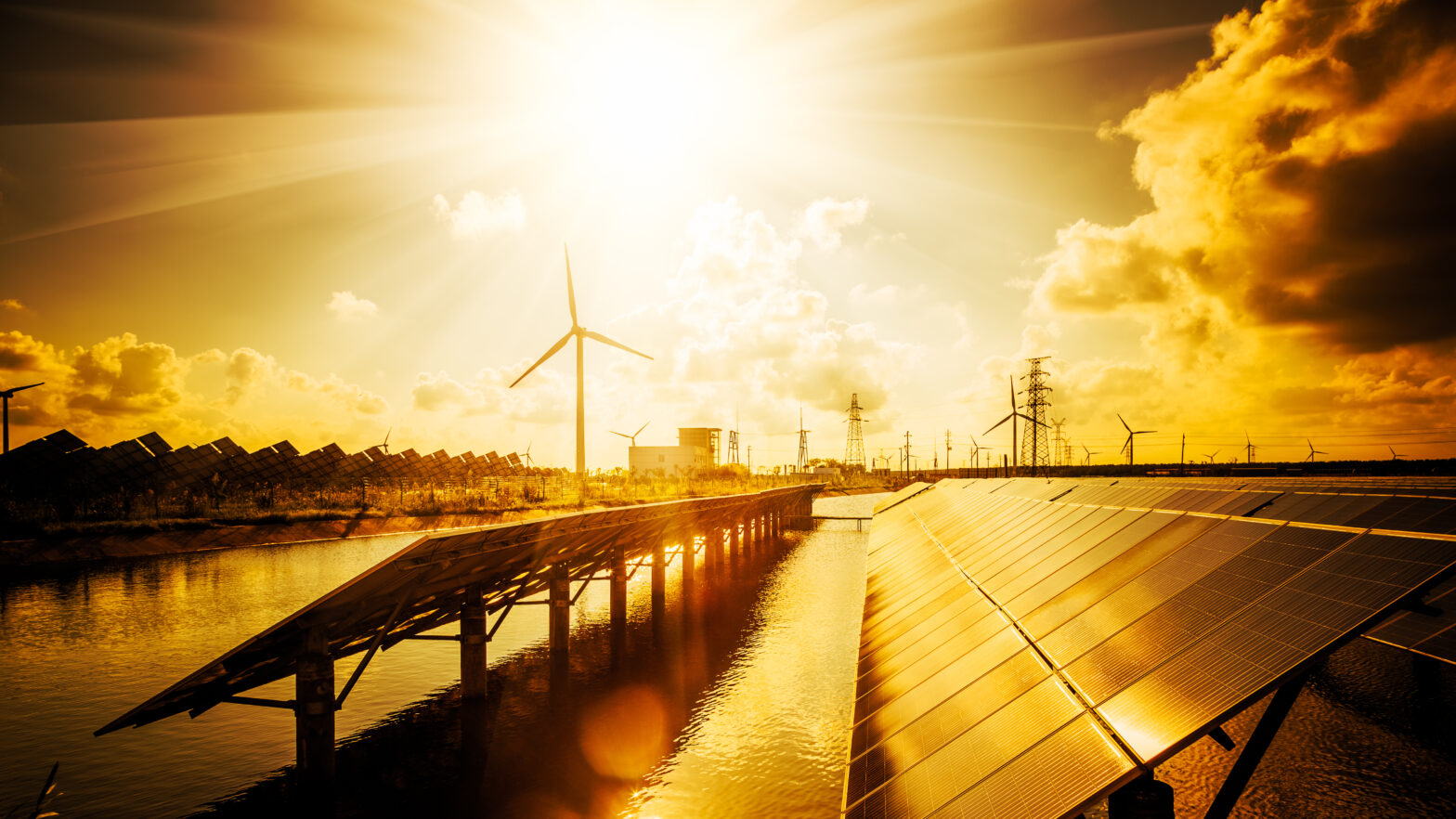Greater transparency in energy sustainable practice among data industry players will help improve collaboration to tackle rising carbon emissions seen in the industry.
In Greenpeace’s 2017 green IT report many hyper-scalers scored highly in the report for its adoption and initiatives on renewable energy, but other players in the industry were urged to improve advocacy and transparency, and to work more collaboratively.
Roel Castelein, customer services director a The Green Grid said: “The Greenpeace report is a good indicator that while there are definite movements towards a more sustainable data centre industry, many organisations have sought individual goals, rather than working together to share best practice and find the best ways to a sustainable future. Google, Facebook and Apple are constantly pushing the barriers of green innovation, while also working closely with energy suppliers to help achieve sustainable company targets. Their ability to advocate such measures is beginning to influence the rest of the sector, yet more must be done.”
>See also: The small data centres’ renewable journey
“Netflix is one such hyper-scaler that whilst having one of the largest data footprints out of all the companies profiled, it has been urged to increase the adoption of renewable energy and advocate for more use of renewables across the data centre industry. As the video streaming market continues to grow and produce unprecedented amounts of data, the need for Netflix or an equally large provider to set the standard and advocate green policies can set a precedent for others to follow.”
The latest Greenpeace report, analysed the big tech and data centre companies on its use of renewable energy, advocacy and transparency on energy sources and planning.
Google, Facebook, Apple and colocation provider, Switch, received an A grade ranking for its ability to meet all these criteria and be powered through 100% renewable energy.
Since 2012, the amount of electricity consumed by the IT sector has increased by 6% (totalling 21%) in the past five years, making the need for a green data centre industry stronger than ever before.
>See also: What does 2017 have in store for the data centre industry?
With an anticipated threefold increase in global internet traffic by 2020, the advocacy of renewable energy for data centres will be important in sustaining its growth.
“The growth in the amount of data demands that all data centre providers come together, rather than working in silos, and be clear in their use of renewable energy in creating a more sustainable industry,” continued Castelein. “Whether it’s meeting government sustainability objectives, using renewable energy as secondary sources, or pushing for stronger connections with energy suppliers, it can all contribute to enhanced efforts in tackling carbon emissions.”
“The need for data centre providers and end users to collaborate to ensure our use of data is sustainable has never been greater. Organisations like The Green Grid are providing the space for this to happen and are developing a range of tools to make sure that our growing dependency on technology is sustainable.”










